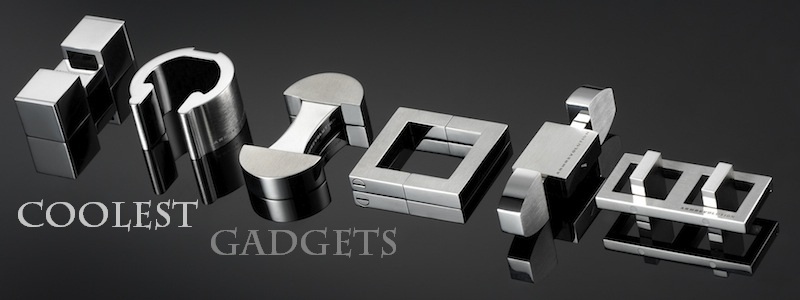We’ve all done it. Got out of the shower, stood in front of the mirror and proclaimed to the world at large (or to your rubber duck anyway) ‘Oh my god- I’m easily as fat as an elephant!’. I know I have. Especially the part about the rubber duck (I seem to have amassed a collection…).
Now, if you’ve a caring significant other, then they’ll immediately proclaim that you’re a svelte as a snake. If you’ve an honest significant other they may agree with you. Either way, now you can actually find out what animal you really do resemble in weight, and in future bemoan (or celebrate) with factual accuracy.
These Animal Weighing scales measure you to the nearest rabbit, or other animal, and I believe are more of a novelty product instead of my earlier ‘factual accurancy’ quip. The animals get bigger as the weight goes up obviously, but one of the images on there is clearly a frog, and I think I’d be dragged straight to the doctors if I actually weighed that little. But it’s an amusing gag gift to consider for Christmas, for that person who just won’t accept that they’re just a regular size, or perhaps for that person who really should not be having eighth helpings of turkey…
It would be even cooler (and even more ‘wtf’ worthy) if they were an accurate comparison. It could be beautiful- instead of desperately trying to keep under a certain number, you could compare your diet with your friends using the phrase ‘I was a bear last week, and now I’m down to being a horse’. Would be amusing to see what the clientele at Starbucks thought when they overheard you.
![MySky Star And Planet Identifier [Action Shot] MySky Star And Planet Identifier [Action Shot]](http://www.markstechnologynews.com/wp-content/uploads/2009/11/mysky-star-and-planet-identifier-1.jpg)
If you’re as clueless as I am about the night sky and barely know your planets from your stars (much less their names), this gadget will help shoot us both to the top of the class. Called the Meade MySky star and planet identifier, it looks like some kind of futuristic ray gun, but instead of firing an energy pulse, shoots you a wealth of knowledge. Just pull the trigger to learn about your target star, planet, nebula or galaxy (though not satellites, starships or aliens, I’m afraid) from a database of over 30,000 celestial wonders.
Utilizing a 12 channel GPS receiver, magnetic North sensors and accelerometers, the MySky helps you to identify and learn about the stars and planets in the night sky and can even take you on a guided audio and visual tour – highlighting the best bits based on the current time and your location.
Featuring a full-color LCD that won’t obstruct your view of the night sky and illuminated sights to easily point at objects, the MySky can also be used in conjunction with a telescope – using its GPS receiver as an orientation aid.
![MySky Star And Planet Identifier [Product Shot] MySky Star And Planet Identifier [Product Shot]](http://www.markstechnologynews.com/wp-content/uploads/2009/11/mysky-star-and-planet-identifier-2.jpg)
Sources:
Barnes and Noble and I Want One Of Those


























